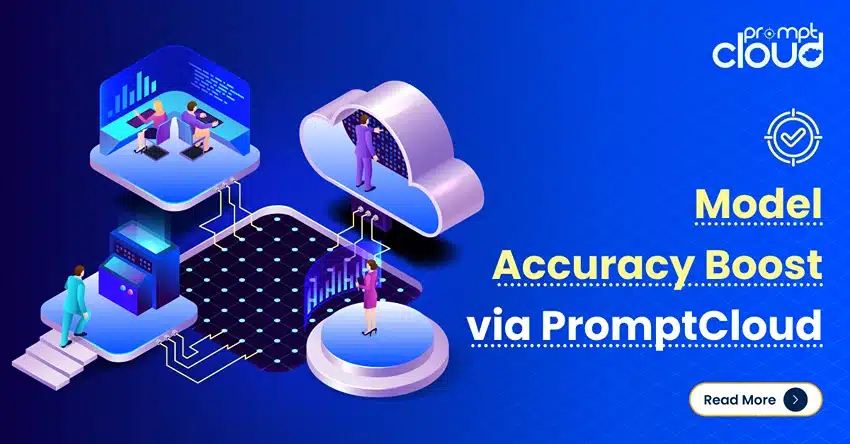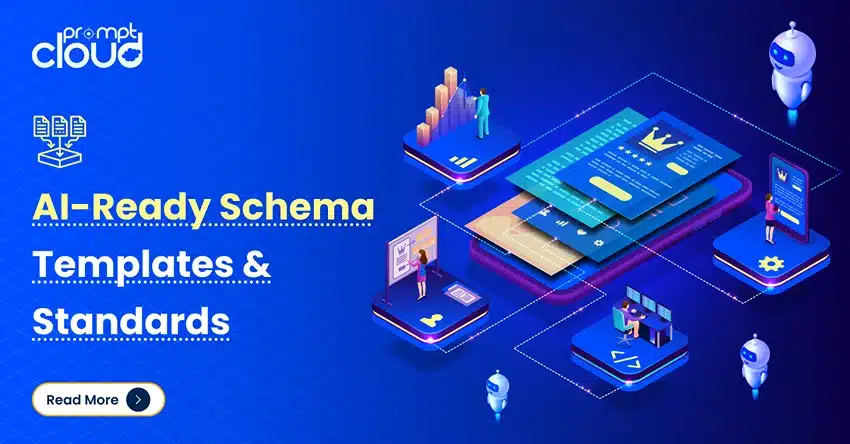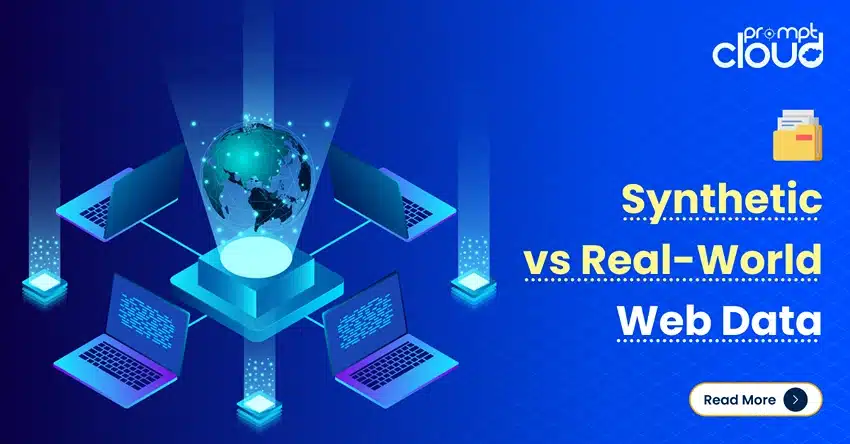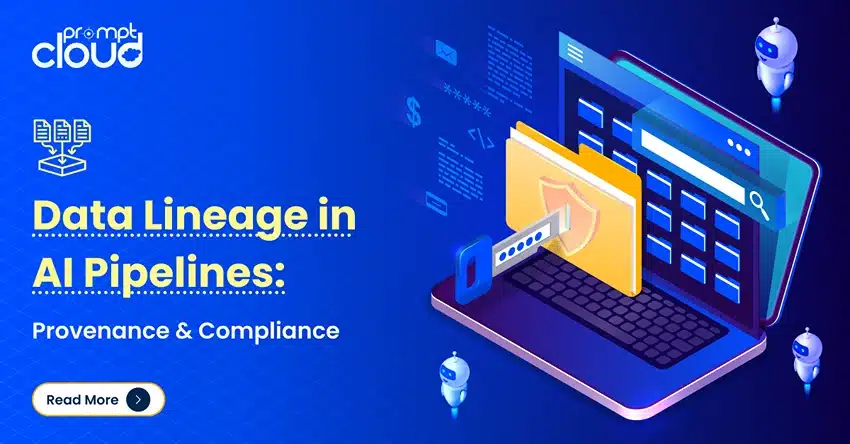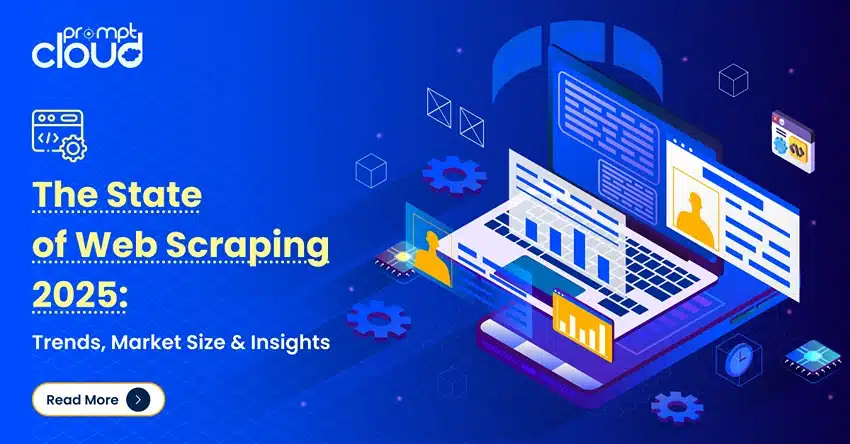
In this era of the world where education is changing more often, it is crucial to tap into the use of data. As organizations increasingly carry out more of their operations online and with the help of IT tools, educators, including teachers, students, policymakers, and administrators, are using data to improve learning activities.
Web scraping is one of the best approaches that can be used to collect and analyze educational records either by getting the website content, such as HTML, and interpreting the data, copying and pasting the text from the internet or by automated methods. The gathered website information will enable researchers, institutions, and organizations to examine current education trends across the world.
In this article, we will explore so you know how to apply web scraping using educational examples, gathering relevant information, and integrating it into everyday academics.
What is Web Scraping, and How Does it Apply to Education?
Web scraping is also referred to as web data extraction, and it is a process of fetching information from the internet. In contrast to traditional approaches where data may be collected through questionnaires, interviews or by manually inputting data from files and documents, web scraping assists in getting up-to-date reports from the educational weblog, forums, university’s website, research articles and so on.
Also, this method offers several advantages, such as:
- The effectiveness of teaching methods globally
- Monitoring the changes in the patterns of curriculum design across the world.
- Identifying students’ choice of engagement strategies
- It will also give information on educational tools, platforms and technologies being used to educate the students.
With these measures universities and other schools can get various information on numerous other aspects of the modern educational process using web scraping. So, they can apply research-based plans instead of conventional information which may be out of date or of poor quality for the glean.
Importance of Using Web Scraping Data in Educational Analysis
Web scraping has various benefits in examining trends in education across the world. These benefits include:
Real-Time Access to Data
The greatest advantage of web scraping is the ability to gather data in real time. Schools today can collect education data without recurring student surveys or restricted statistical samples. Teachers can view recent educational information by exploring online platforms and dedicated educational websites. Educators can benefit from instant updates to learn modern teaching techniques and can get up to date with the latest trends in teaching and learning methods, the content, and student feedback, among others.
Comprehensive Data Collection
Web scraping can be used to gather data from a wide variety of sources, including:
- University homepages and academic journals.
- In online course platforms (like Coursera and Udemy etc.)
- Student forums and blogs.
- Available educational research articles and journals.
- Educational trends can be found through social media, blogs, and other sites.
This enables us to obtain broad insights into education innovations across the world instead of depending on a limited database.
Improved Data Analysis in Education
Web scraping allows the collection of large volumes of both structured and unstructured data needed for data-derive insights in education. The results can be helpful for educational institutions to study patterns and tendencies that are appearing in the field of education. For example, scraping data from various universities will reveal various techniques used in teaching, famous courses, and current technological advancements in education adopted around the globe. Their input can then be used to inform the development of curricula and research.
Cost-Effectiveness
Some common ways of collecting educational information are using surveys or focus groups which are often also lengthy and costly. Many people find web scraping simpler and more effective in gathering data from internet resources. Through available educational market research tools where scraping is done automatically, institutions can save costs while gaining crucial information.
Applications and Use of Web Scraping in the Analysis of Educational Trends
As we have seen above, there are many benefits of web scraping; thus, we will now proceed to explore some of the several usages in global educational analytics.
Examining How Teachers Teach and the Art of Teaching
Another area where web scraping provides value is in tracking changes in the teaching techniques over time. In the light of the new learning environments and approaches such as online classes, flipped and blended learning it becomes important for institutions to know what is being practiced globally. Scraping data from online course platforms can give insights into:
- The delivery channels most used for courses (video, interactive, live, etc.).
- New trends in course design for better learning (for instance, modularity and microlearning).
- Current methods of education (AI techniques included, games, virtual/augmented reality).
Hence, this approach helps schools realize such findings in the teaching methods so that institutions stay relevant in the current tech world.
Understanding the Design Curriculum Trends
Moreover, web scraping can also be very useful in curriculum design as well. The analysis of the shifts in syllabi of universities, as well as in the line-up of online courses and standards, prescribe academic content areas, course formats, and requirements worldwide. Some of the data points that can be collected include:
- Some of the topics that are being given at different universities.
- Switching attention from the areas of science, technology, mathematics, and engineering as opposed to the humanities.
- In particular, new fields of study, such as artificial intelligence and sustainability, to name only a few.
Such a type of web data extraction for educational purposes makes it easier for institutions of higher learning to align their curricula to the modern world and meet the needs of learners in the present and future markets.
Observing How Students Participate and Their Response
It is important in any school to understand how students interact with learning content. Hence, web scraping can help institutions gather insights into:
- Social media likes and dislikes or comments and ratings from other students online.
- The participation patterns concerning e-learning platforms and learning modules.
Collection of data on these aspects enables institutions to make changes that may be relevant to the courses that are provided and the way that those courses are taught hence improving the learning activities.
Challenges and Ethical Consideration
Web scraping has many benefits, but you need to consider data privacy and abide by the terms of service of the site for which you are scraping data from. Additionally, when information is collected from the web, it must be verified to assess its quality and relevance.
Conclusion
Schools can use web scraping tools to monitor worldwide educational trends and find better ways to teach students. Web scraping helps institutions gather up-to-date information, which enables them to shape their future plans correctly. The advantage of this method is that educational institutions get to monitor education trends directly to have better student engagement and customized learning approaches.









